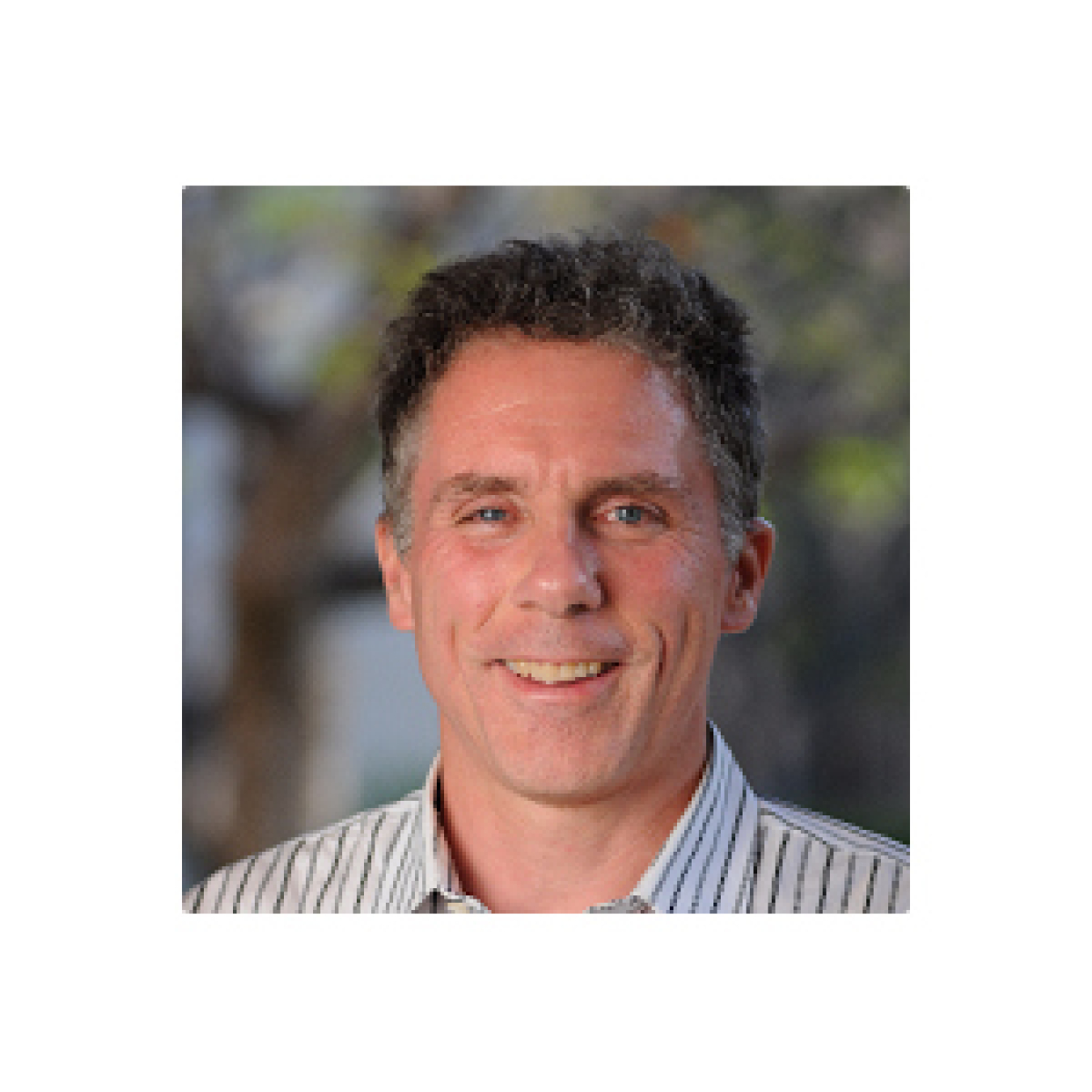
Harry Atwater
Harry Atwater is the Editor in Chief at ACS Photonics, director at the Joint Center for Artificial Photosynthesis (JCAP), and is a professor of applied physics and materials science at the California Institute of Technology. At the JCAP, Harry and his team are developing a method for using plasmonic metal nanostructures to perform photocatalytic reduction of carbon dioxide (CO2).
"Artificial Photosynthesis—The Selective CO2 Reduction Challenge"
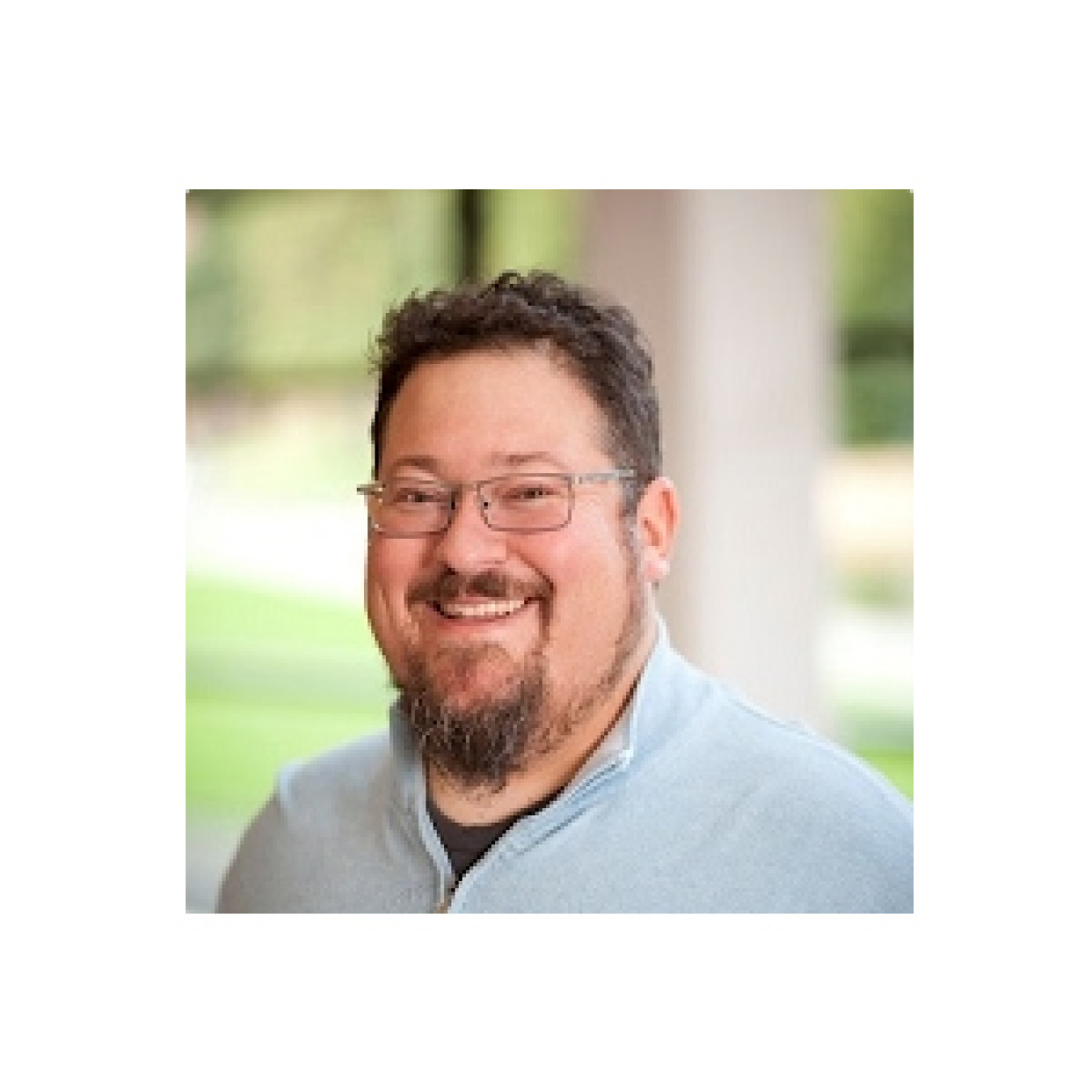
Jeffrey Gralnick
Jeffrey Gralnick is a professor in the Department of Plant and Microbial Biology and the BioTechnology Institute at the University of Minnesota. He is also one of the leading experts on Shewanella, a type of bacteria found in aquatic environments, and has utilized it to stereochemically convert glycerol to ethanol. Jeffrey’s research has led to discoveries in the field of electromethanogenesis.
“Driving Microbial Metabolism with Electricity: Challenges and Opportunities in Electrosynthesis”
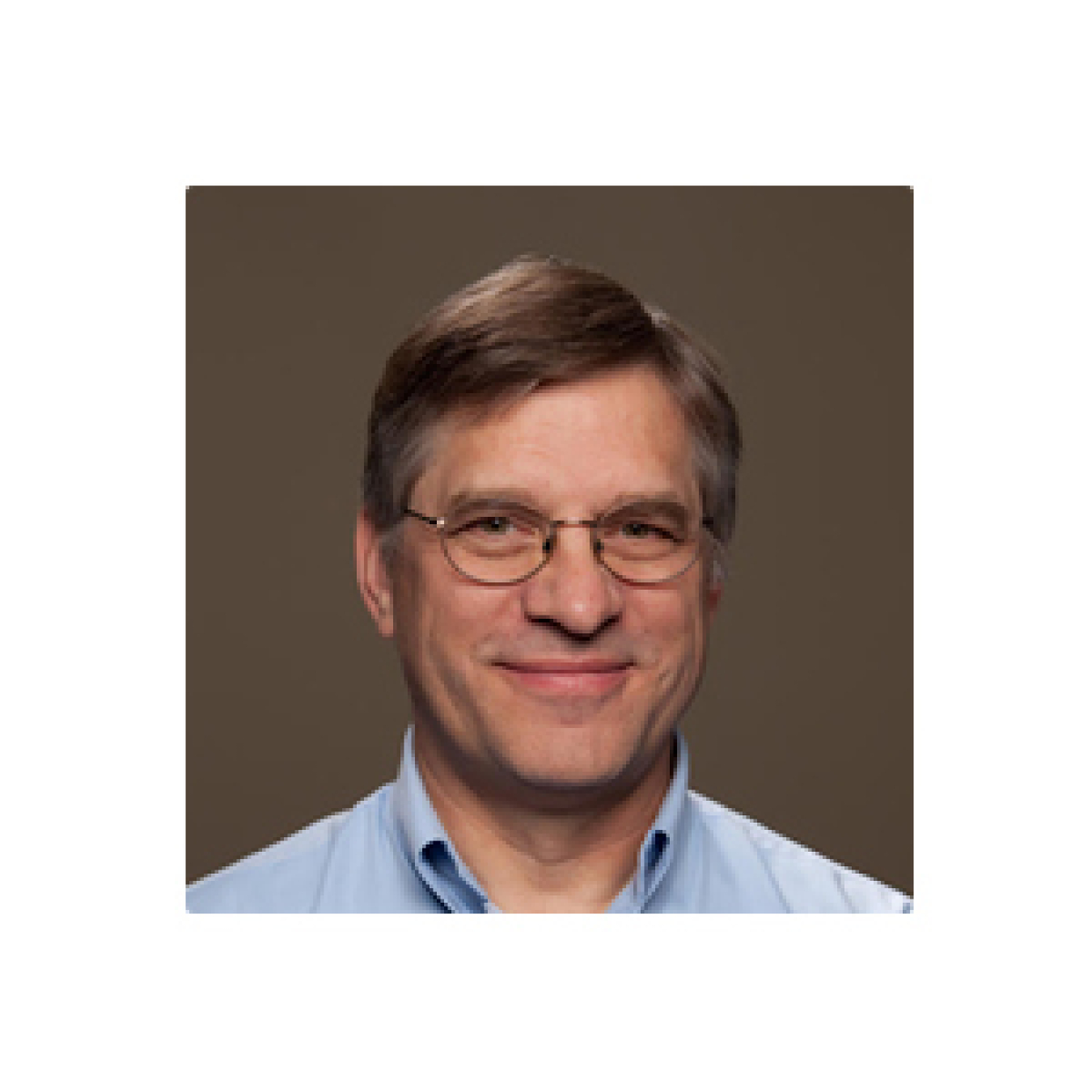
Mich Hein
Mich Hein is the CEO of Electrochaea LLC, a company that implements a technique to convert CO2 to methane gas using a anaerobic microorganisms. The company makes use of an evolved strain of methanogenic archaea, which demonstrates fast reaction rates and high selectivity in methane production, allowing them to achieve commercial success.
"Charging the Gas Grid with Solar and Wind Energy—From the ‘Fat Duck’ to Green Gas"
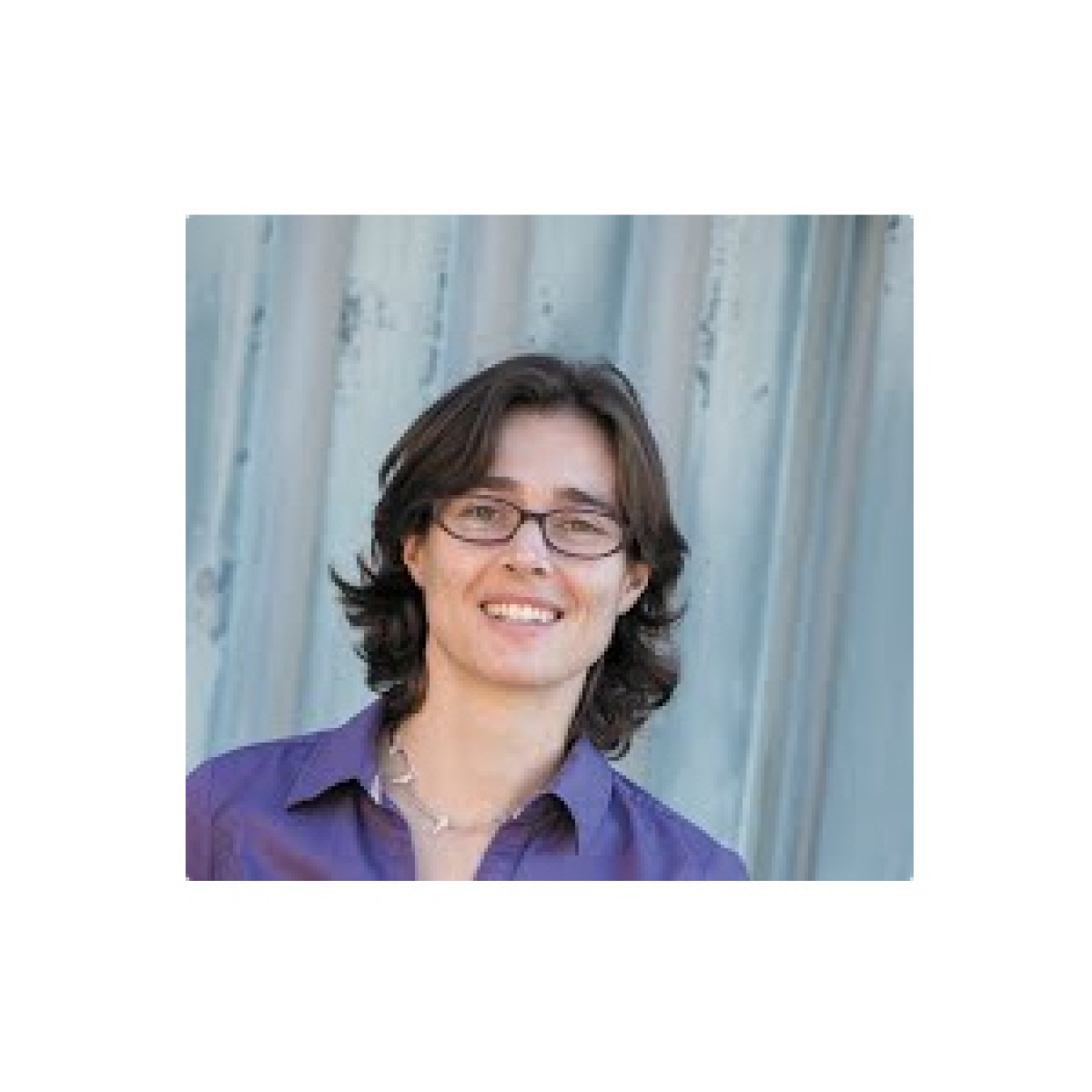
Kendra Kuhl
Kendra Kuhl is the Chief Technology Officer at Opus12, a Berkeley based technology start-up. Kendra and her team are developing processes to leverage renewable power and drive the electrochemical reduction of CO2 to produce low-carbon fuels and chemicals.
"Recycling Carbon Dioxide through PEM Electrolysis"
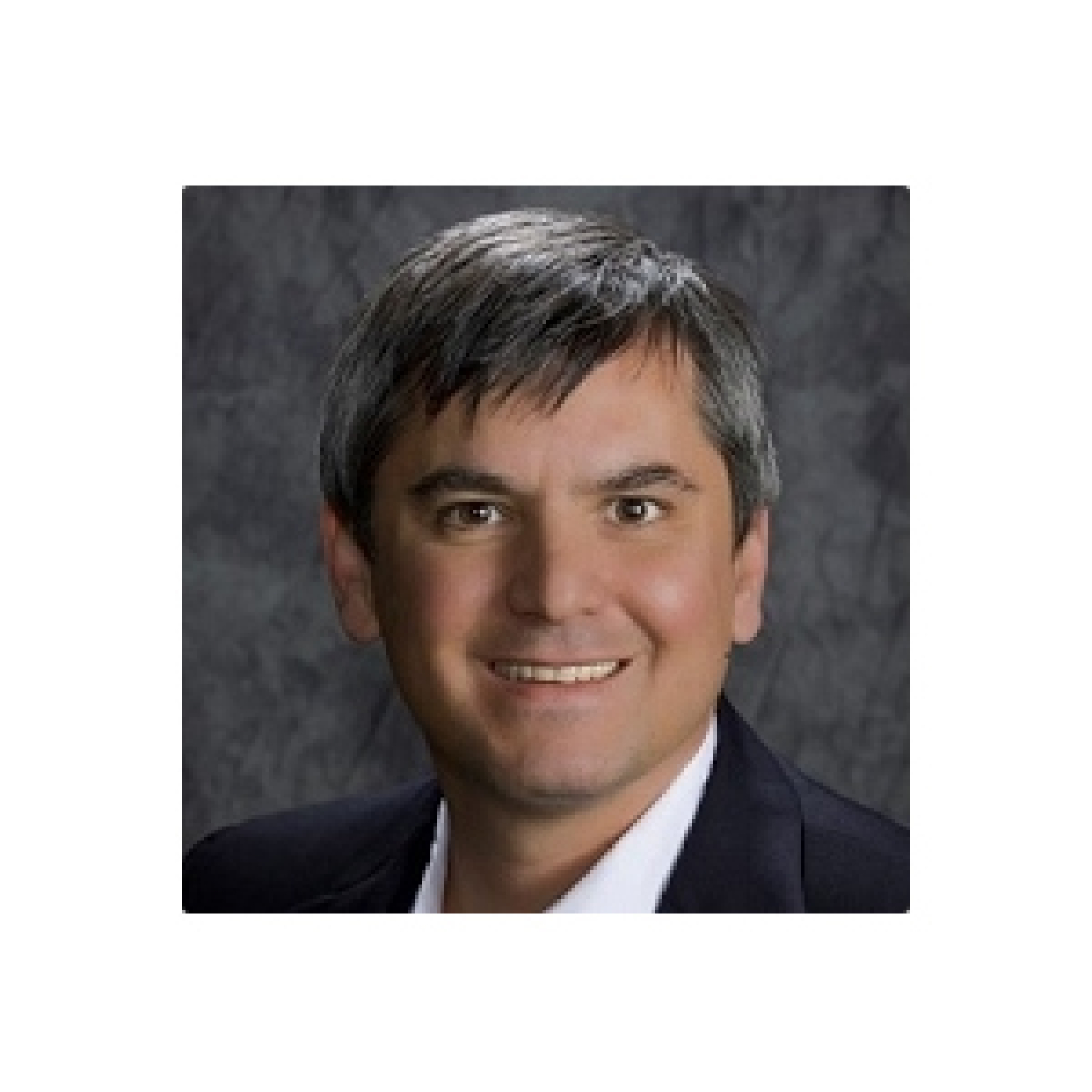
Anthony Martino
Anthony Martino is a senior scientist at Sandia National Laboratories. Anthony is conducting photovoltaic research and—along with other researchers at the national laboratory—proposed a thermochemical conversion of CO2 and H2O to CO and H2.
“Sunshine to Petrol: Reimagining Transportation Fuels”
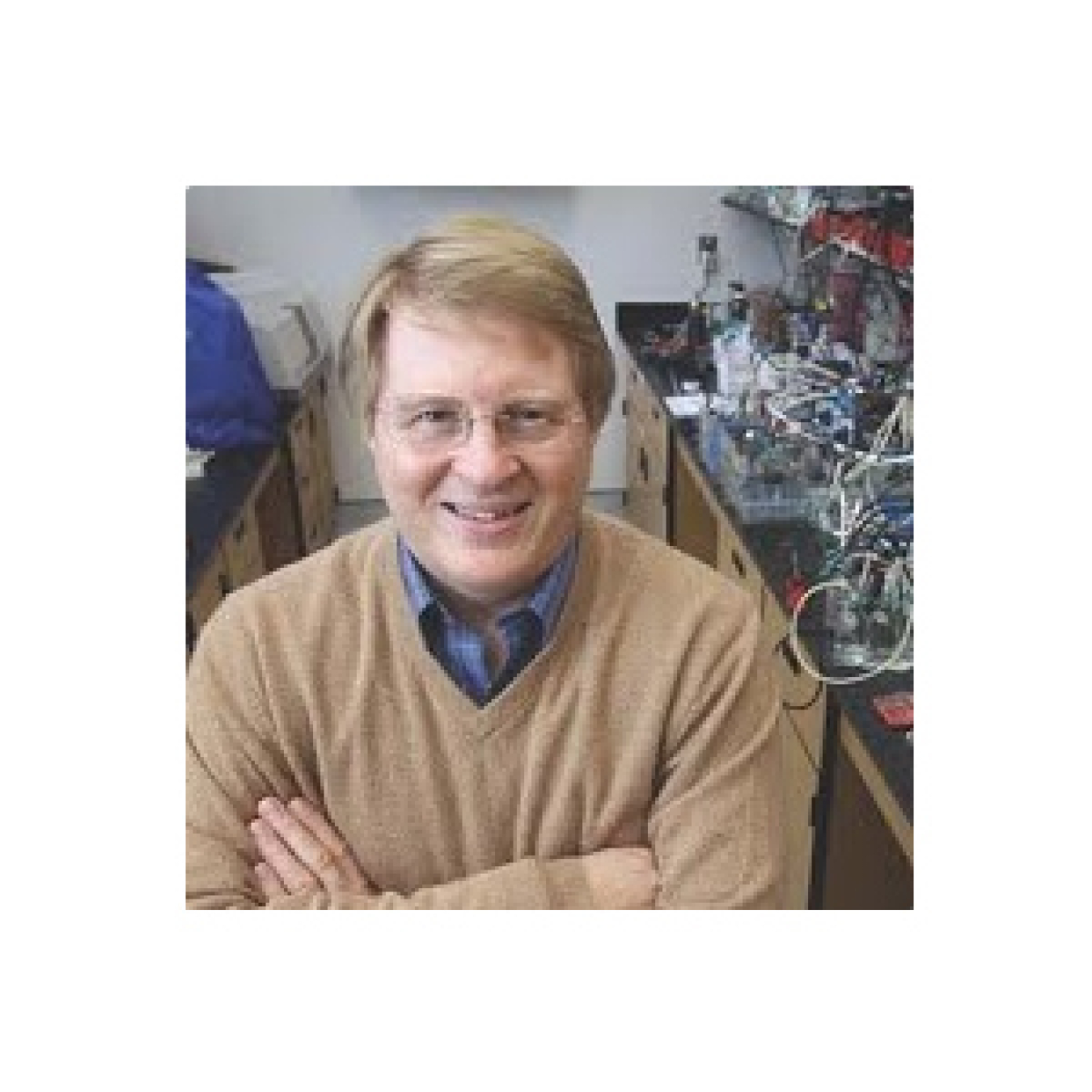
Harold May
Harold May is a professor in the Department of Microbiology and Immunology at the Medical University of South Carolina. Harold is using microbial electrosynthesis to convert CO2 to produce liquid biofuel, butanol.
“Reduction of CO2 by Microbial Electrosynthesis for the Production of Fuels and Chemicals”
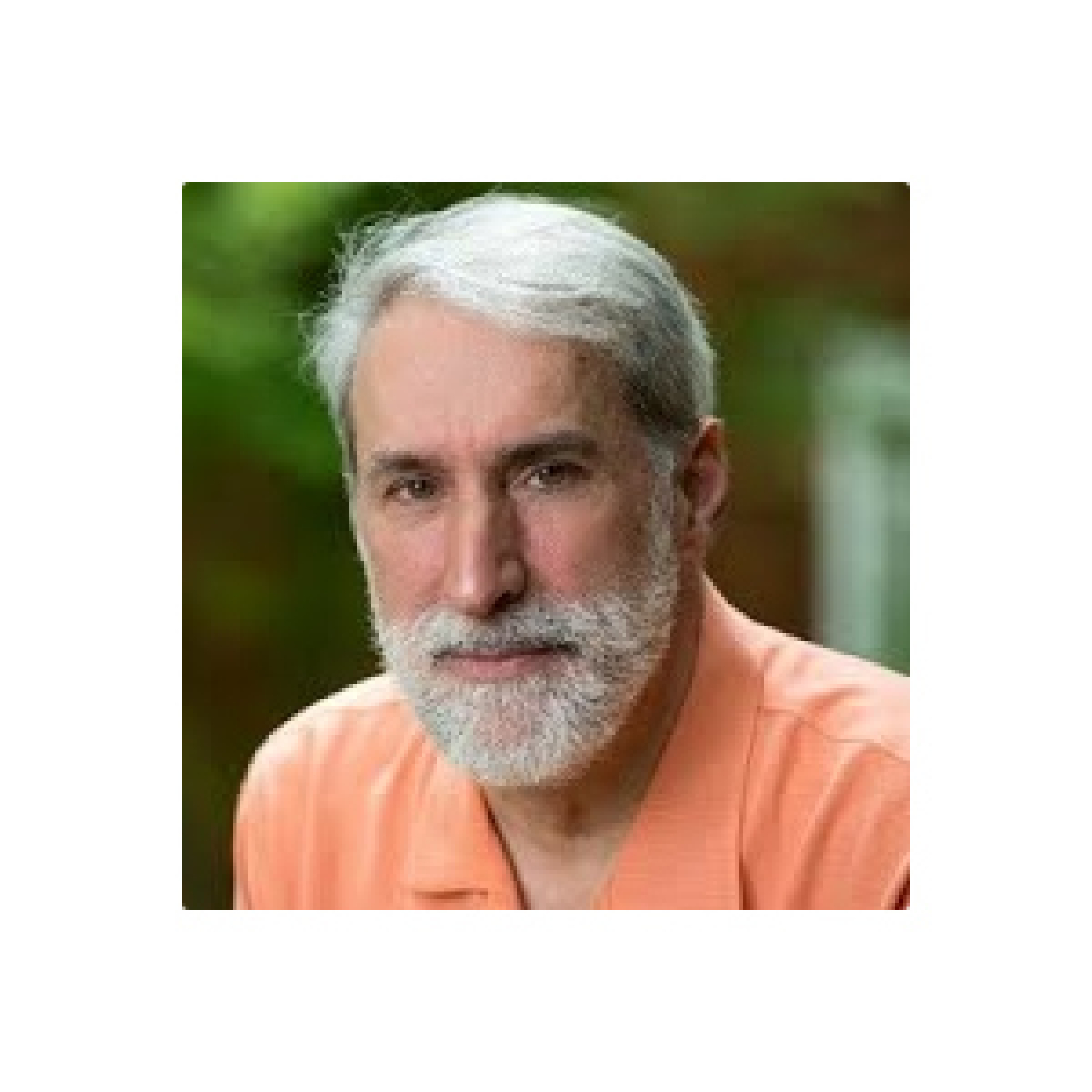
Dan Nocera
Dan Nocera is a Patterson Rockwood Professor of Energy at Harvard University. Dan created a bionic leaf that replicates the carbon cycling functions of photosynthesis. Dan’s process uses CO2 and hydrogen to generate biomass and liquid biofuels. The bionic leaf is also able to mimic other properties of plants, such as self-healing.
"Food and Fuel from Sunlight, Air, and Water"
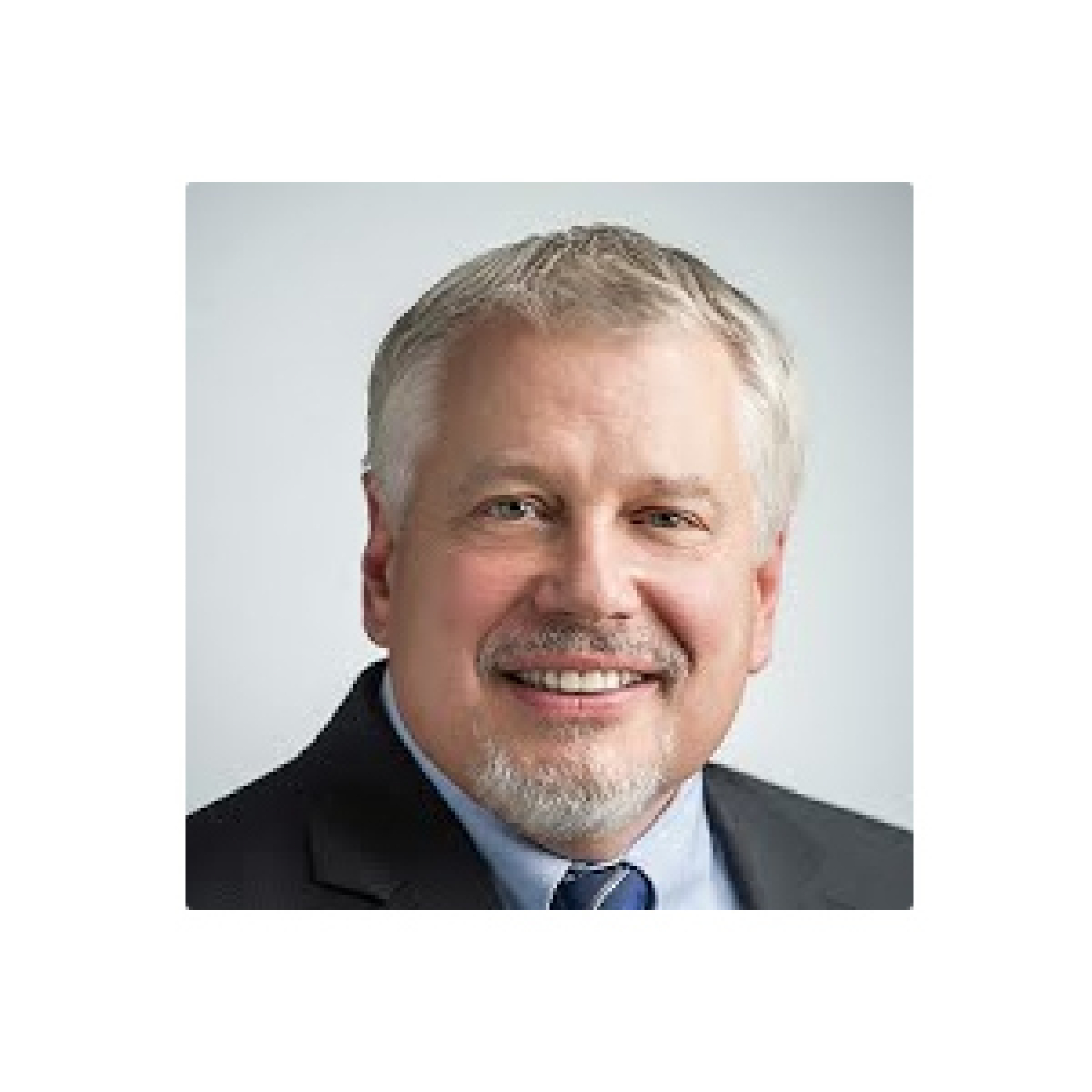
William Tumas
William Tumas is the associate lab director of materials and chemical science technology at the National Renewable Energy Laboratory. William is currently involved in solar energy conversion research for electricity and fuel as well as homogeneous and phase-separable catalysis, and waste treatment technology development and assessment.
“Research Challenges for Non-Photosynthetic Solar Fuels Production”
